To keep track of my business and personal finances I use software from Quicken, but for an SoC with hundreds of IP blocks how do you keep track of everything? The answer is found in the growing field of EDA tools for IP management, and at DACearlier this month I sat down with Neil Handof Methodics to get an update on what the industry trends… Read More
 A Webinar About Electrical Verification – The Invisible Bottleneck in IC DesignElectrical rule checking (ERC) is a standard part…Read More
A Webinar About Electrical Verification – The Invisible Bottleneck in IC DesignElectrical rule checking (ERC) is a standard part…Read More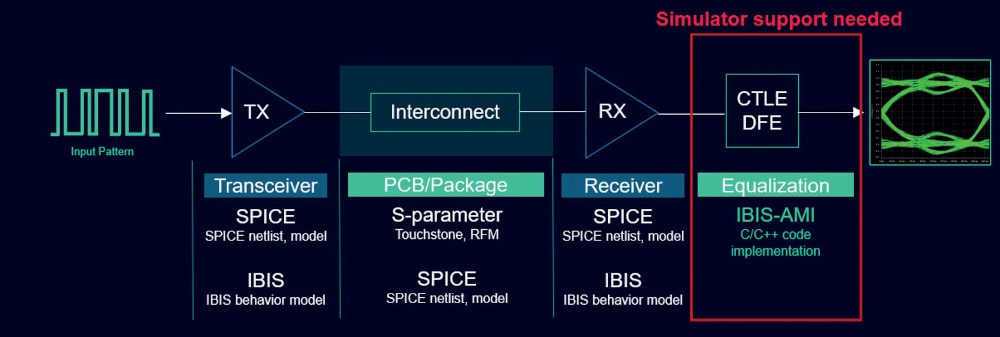 Signal Integrity Verification Using SPICE and IBIS-AMIHigh-speed signals enable electronic systems by using memory…Read More
Signal Integrity Verification Using SPICE and IBIS-AMIHigh-speed signals enable electronic systems by using memory…Read More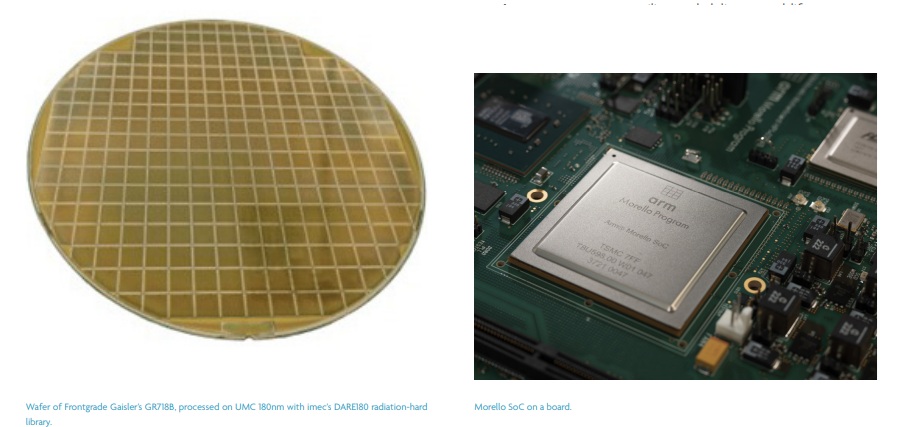 imec on the Benefits of ASICs and How to Seize ThemIn an era where product differentiation increasingly depends…Read More
imec on the Benefits of ASICs and How to Seize ThemIn an era where product differentiation increasingly depends…Read More MZ Technologies Launches Advanced Packaging Design Video SeriesIn a significant move aimed at empowering semiconductor…Read More
MZ Technologies Launches Advanced Packaging Design Video SeriesIn a significant move aimed at empowering semiconductor…Read MoreWhat’s New with Circuit Simulation for Cadence?
Every year at DAC I enjoy making the rounds to see what’s new with SPICE circuit simulators, so on June 3rd I met with Xiuya Liand Dan Zhuof Cadence in San Francisco to get an update about their Spectre tool. There’s plenty of competition in the SPICE area from Mentor Graphics (Analog FastSPICE, Eldo, ADiT), Synopsys … Read More
Real FPGAs don’t eat fake test vectors
Vector blasting hardware is as old as digital test methodology itself. In the days of relatively simple combinational and finite state machine logic, a set of vectors aimed broadside at inputs could shake loose most faults with observable outputs. With FPGAs, creating an effective set of artificial test vectors has become a lot… Read More
Single Event Upsets
Do you know what a SEE is? It stands for single event upset. We live on a radioactive planet which is also bombarded with cosmic rays, so particles are bombarding our chips. The materials used in packaging also can create particles that cause problems, even the solder. Reliability and aging has been an area that has not been at the forefront… Read More
What Seeking Alpha is Telling us about Intel
New Media is a double edged sword for sure. The good news is that you get to read articles by people who actually work in the semiconductor industry. The bad news is that hidden agendas and disinformation abound so let the reader beware, especially if that reader is risking their retirement money!
As I mentioned before, “Understand… Read More
Xilinx has the Power Advantage over Altera
I thought I write about one of the most important subjects in FPGAs, that is power. Power of course is not just based on node size, and it is funny why so many people are concerned about node size. If not just as important is the architectural decisions that drive down power. Do you really care if your part is 16nm or 14nm? Or do you care more… Read More
Wally Rhines at #51DAC: EDA Grows From Solving New Problems
Wally Rhines gave the keynote at DAC in 2004. One of the things that he pointed out ten years ago was that EDA revenue for any given market segment is pretty much flat once the initial growth phase has taken place and the market has been established. Incremental EDA revenue only comes from delivering new capabilities. Historically… Read More
ESL Tool Update from #51DAC
As promised in my May 27th blog, I visited an ESL company at DAC three weeks ago that introduced two new tools:
- Thermal Profiler
- Power Intelligence
Internet of Things (IoT) Startup Showcase @ SEMICON West!
It’s hard to believe that SEMICON West is upon us once again at the Moscone Center in San Francisco. This is the premier semiconductor conference for cutting-edge equipment, processes, and materials, to solutions to today’s design and manufacturing challenges. Remember, it’s not what you know (because … Read More
Is SOI Really Less Expensive?
Introduction
There have been some claims made recently that planar Fully Depleted Silicon On Insulator (FDSOI) is less expensive than bulk planar processes and FinFETs at various nodes. Some of these claims suggest that FinFETs in particular are significantly more expensive. My company, IC Knowledge LLC produces the most widely… Read More



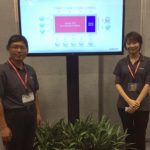
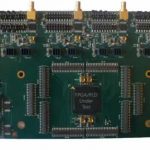
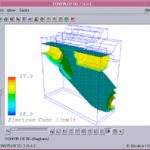

Quantum Computing Technologies and Challenges